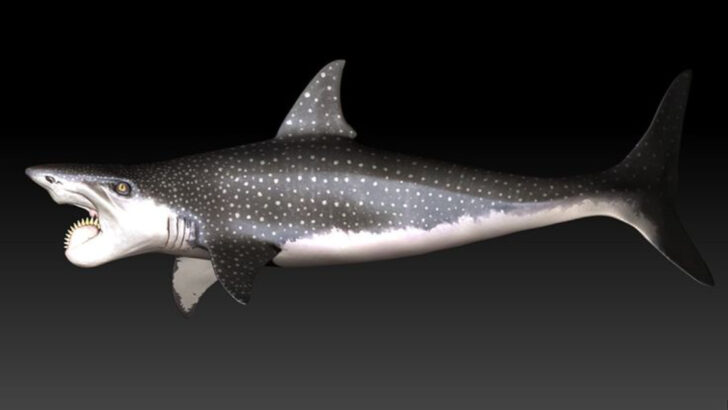Meet the Helicoprion—a prehistoric shark with a mouthful of nightmares. This ancient creature, with its terrifying spiral of teeth, roamed the oceans millions of years ago, leaving behind a mystery that continues to captivate scientists and fossil hunters today.
What makes the Helicoprion so fascinating? Its teeth, which curl like a twisted spiral, are unlike anything seen in modern sharks. This bizarre feature has sparked endless debate about its feeding habits and overall anatomy, making it one of the most intriguing sharks in history.
In this post, we’re diving into seven mind-blowing facts about this extraordinary creature. From its unique jaw structure to its place in the prehistoric oceanic food chain, we’ll explore why the Helicoprion still haunts the imaginations of those who study the deep past. Ready to unravel the mystery of this ancient predator?
The Spiral of Teeth
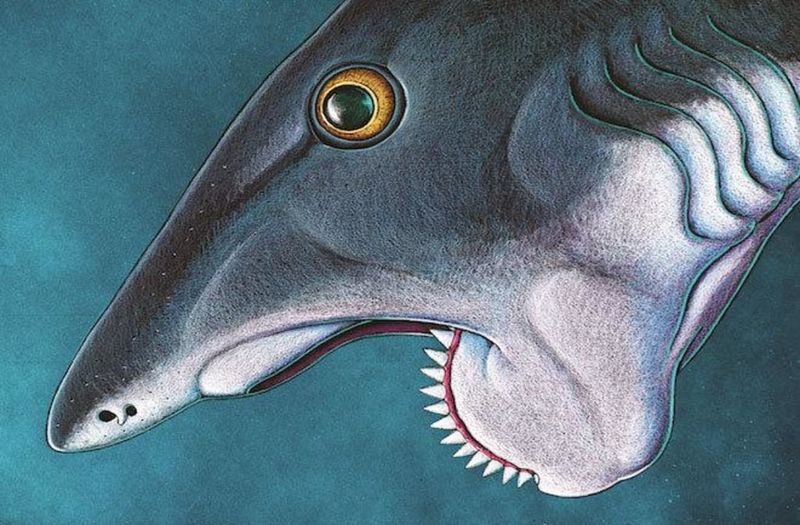
Imagine encountering a shark with a buzzsaw-like jaw! The Helicoprion’s most intriguing feature is its spiral of teeth, known as a “tooth whorl.” This unique formation has puzzled paleontologists since its discovery.
Unlike any other shark, the Helicoprion’s teeth grew in a continuous coil, resembling a circular saw blade. Scientists believe this spiral structure helped the shark efficiently slice through its prey.
The mystery of how exactly it used this tool adds to the allure. Though no fleshy remains have been found, fossilized teeth offer clues to its feeding habits and evolution.
A Living Puzzle
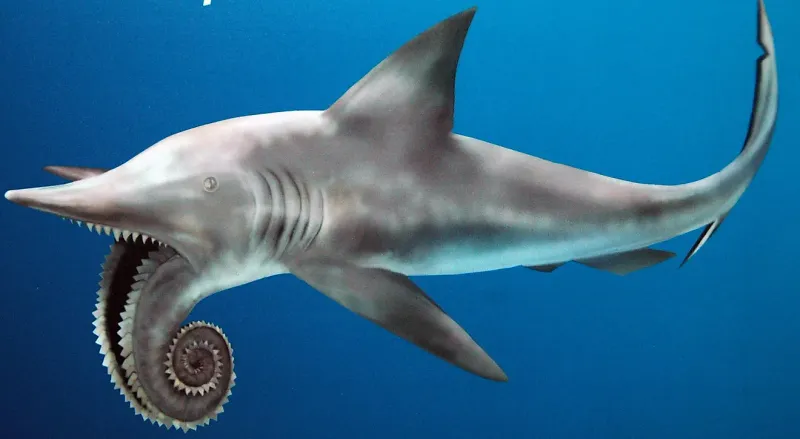
The Helicoprion is often described as a living puzzle. Discovered in the late 19th century, its fossils initially baffled scientists, leading to imaginative reconstructions. Early depictions even placed the spiral teeth on its snout!
Today, with more sophisticated technology, researchers have pieced together a more accurate image, revealing a creature unlike any other.
The placement of the teeth in the lower jaw was a breakthrough, reshaping our understanding of its biology. This ongoing puzzle continues to intrigue paleontologists, turning every fossil find into a treasure trove of information.
Prehistoric Habitat
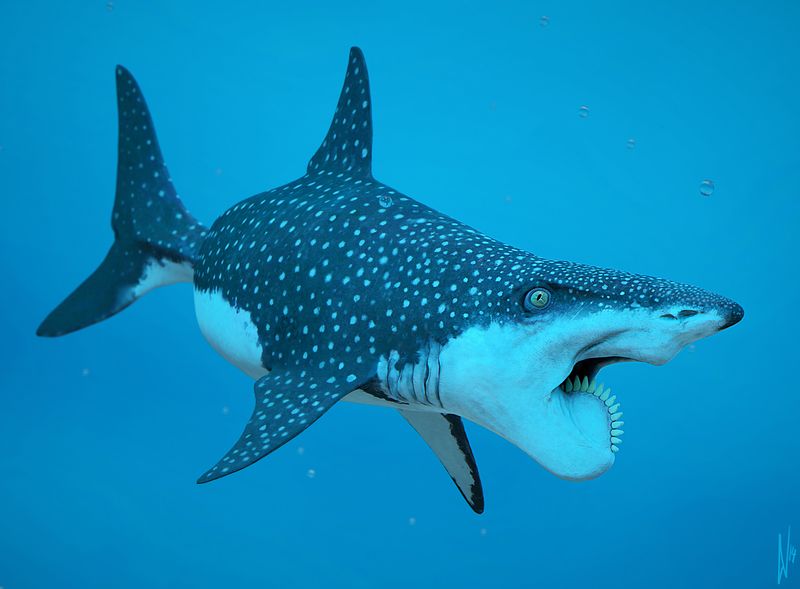
Step back in time to the Permian period, and you’ll find the Helicoprion thriving in warm, shallow seas. Its habitat was a vibrant underwater world teeming with diverse marine life. This ancient shark shared its environment with bony fish, ammonites, and other fascinating creatures.
The warm waters were ideal for its survival, providing ample hunting grounds. As a formidable predator, the Helicoprion played a crucial role in the marine ecosystem.
Understanding its habitat helps scientists piece together the complex puzzle of prehistoric life and the evolutionary pressures that shaped these ancient seas.
Evolutionary Enigma
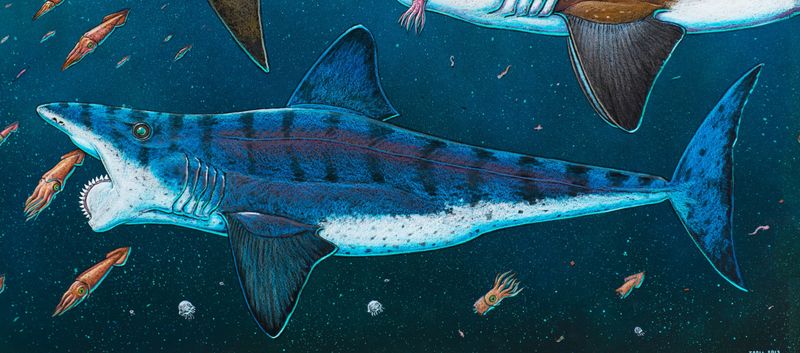
The Helicoprion stands as an evolutionary enigma in the shark family tree. With its unique dental structure, it represents a distinct branch of evolution. Unlike modern sharks, it lacked the typical multiple rows of replaceable teeth.
Its lineage is still a topic of debate, as scientists strive to connect it to modern relatives. The Helicoprion’s adaptations provide insights into the diversity of prehistoric marine life.
Each discovery sheds light on its evolutionary journey, challenging our understanding of how these ancient creatures adapted to their environment over millions of years.
Artistic Interpretations

The Helicoprion’s unique features have inspired countless artistic interpretations. From detailed scientific illustrations to imaginative renditions, artists have brought this prehistoric shark to life in vivid ways.
Each depiction captures the mystery and allure of this ancient creature. Art serves as a bridge, connecting scientific curiosity with creativity, allowing us to envision the Helicoprion’s place in its ancient world.
These artistic interpretations fuel the imagination, inviting us to explore the unknown and ponder the endless possibilities of prehistoric life. Whether in museums or media, the Helicoprion continues to captivate audiences worldwide.
Modern Scientific Techniques

Modern science has embraced cutting-edge techniques to unravel the Helicoprion’s mysteries. Utilizing CT scans and 3D modeling, researchers have been able to visualize its internal structures like never before.
These technologies have revolutionized our understanding of this prehistoric shark. By examining the intricate details of its fossilized remains, scientists gain unprecedented insights into its anatomy and lifestyle.
The combination of technology and paleontology unveils secrets hidden for millions of years, offering a glimpse into the life of an extraordinary creature that once roamed our planet’s oceans.
The Legacy of Helicoprion

The legacy of the Helicoprion stretches beyond its spiral of teeth. As a symbol of scientific inquiry and curiosity, it has inspired generations of paleontologists.
Its discovery and study highlight the ever-evolving nature of science, where each find adds to our collective understanding of the past. The ongoing fascination with this shark underscores the importance of preserving fossils and studying prehistoric life.
As we uncover more about the Helicoprion, its role in the scientific community continues to grow, reminding us of the wonders hidden beneath the surface of our planet’s history.

